Visiting the Quang noodle making workshop of Mrs. Tinh and her husband, we witnessed each step of making the chewy, delicious noodles, typical of Quang region. Each step from washing, soaking, grinding rice into watery dough, making noodles, removing noodles, cutting noodles into strands… is done meticulously and carefully.
Talking about her job, Mrs. Tinh said: In the past, all the steps were done by hand, so it was very hard. The rice had to be milled by hand, so her husband and I often woke up at 3am to deliver noodles to customers. Nowadays, using a rice mill saves a lot of time and effort. As for the noodle making process, she still does it by hand to preserve the traditional flavor of the noodles.
While quickly making Quang noodles, Mrs. Tinh whispered stories from more than 50 years ago. At that time, life in her hometown of Quang Nam-Da Nang was so difficult that her parents moved the whole family to Gia Lai to start a business and settle in the Cheo Reo valley. After getting married and moving out, she and her husband worked many jobs but it was just enough to cover the family's living expenses. When a cousin invited her to make Quang noodles - a specialty of her hometown, she and her husband decided to change direction in the hope of earning more income and sending their children to school.
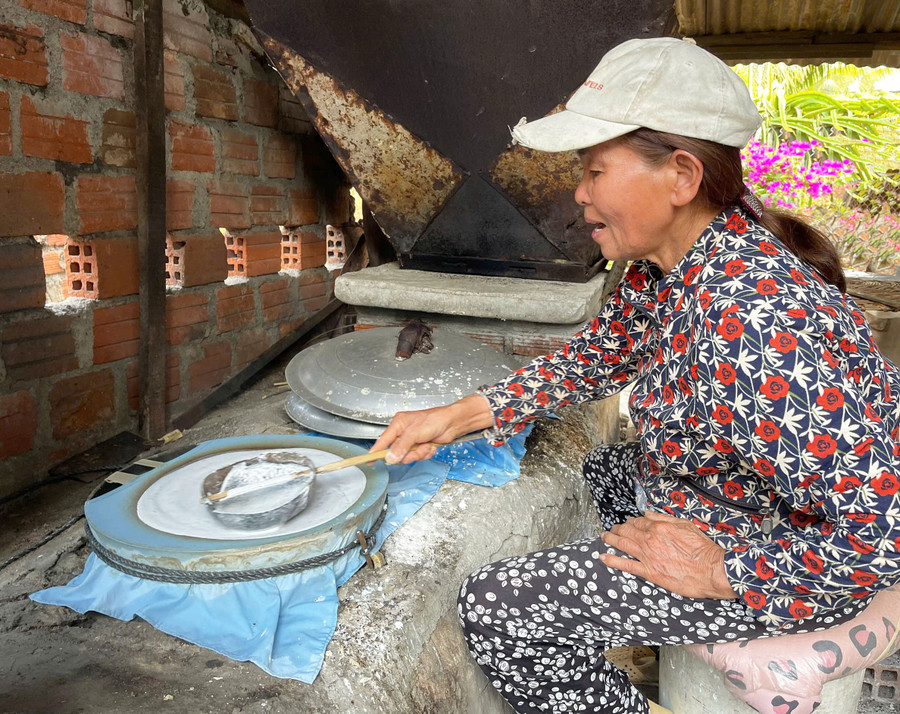
The house did not have a mill, so at 3am every morning, she and her husband would transport rice to their relatives to be milled. At that time, she made up to a hundred kilograms of Quang noodles every day to deliver to customers. Thanks to this Quang noodle factory, her children were able to study properly. Now, in her sixties, her hair has turned gray and her back has begun to bend, but she is still attached to the Quang noodle factory because of her love for the job and her desire to preserve the traditional profession of her ancestors.
According to Ms. Tinh, the secret to making delicious Quang noodles is the source of ingredients. The rice used to make the noodles is the 13/2 variety. On average, 1 kg of rice can make 2 kg of Quang noodles. The rice is washed and soaked in water for about 8 hours. When the rice is soft, it is drained and then put into a mill several times to make flour. The fuel for the furnace includes rice husks, coconut shells, and firewood. The mold is made of a smooth white cloth, about 40 cm in diameter, stretched over the mouth of the pot with the body of the pot placed deep in the middle of the brick and clay furnace to keep the heat. When the water boils, she stirs the flour well, then scoops the flour into the mold, spreads it evenly, and covers it. Each Quang noodle is made twice. After about 1 minute, when the cake is cooked, she opens the lid, uses a wide, flat bamboo stick to pass through the middle of the mold cloth and the cake, and takes the cake out and displays it on a grill. The Quang noodles are stacked on top of each other, cooled, oiled, and folded.
Ms. Huynh Thi Mong Van - President of the Farmers' Association of Song Bo Ward: With the love for Quang noodles, Ms. Huynh Thi Tinh's family has preserved the way of making Quang noodles by hand. Her family's Quang noodle oven is favored by Quang people far from home. The local government is also guiding Ms. Tinh's family to develop traditional Quang noodles into an OCOP product.
After being cooked, the noodles are called leaf noodles. The leaf noodles can be rolled up and dipped in fish sauce, soy sauce or fish sauce. The noodles are cut into strands and eaten with a thick broth made from chicken, pork, and served with grilled rice paper, peanuts and raw vegetables, which is incomparably delicious. “This job requires the chef to be patient and meticulous. Just a little carelessness can cause the batter to be diluted, making the noodles different in thickness. The process of cutting the noodles also requires the worker to have skillful and quick hands to create even, beautiful and attractive noodles,” Ms. Tinh shared.
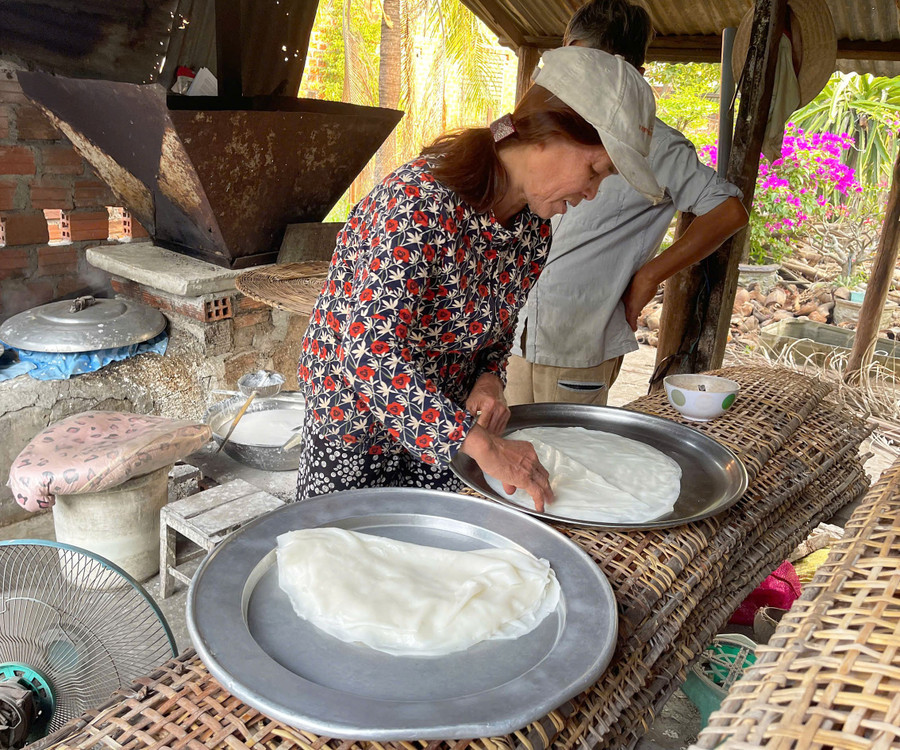
For 40 years of keeping the fire burning in the Quang noodle making furnace, Mrs. Tinh has encountered many difficulties due to competition from machine-made Quang noodle making furnaces. However, she has never once thought of quitting the job. She said that just a few days off makes her miss her job and feel bored. Therefore, she keeps the job as a way to find joy in her old age. Currently, her customers are mainly regular customers, usually people from Quang Nam living in Gia Lai. Individual customers who want to buy noodles must call and order half a day in advance. On average, each day, the couple makes about 10 kg of Quang noodles, at peak times it can be up to 30 kg, selling for 15,000 VND/kg. She also makes rice paper for customers to eat with Quang noodles for the right taste.
As a regular customer of Mrs. Tinh's family, Mrs. Le Thi Hong (Group 2, Doan Ket Ward) shared: "Every time I enjoy traditional Quang noodles, I feel nostalgic for my hometown. Compared to machine-made Quang noodles, traditional Quang noodles have a more delicious flavor. The noodles are thin, chewy, and not sour. Every time my family has a death anniversary, I order Mrs. Tinh to make nearly 10 kg of Quang noodles."
Source: https://baogialai.com.vn/giu-huong-vi-mi-quang-truyen-thong-tren-que-huong-thu-2-post317542.html




![[Photo] Closing of the 11th Conference of the 13th Central Committee of the Communist Party of Vietnam](https://vstatic.vietnam.vn/vietnam/resource/IMAGE/2025/4/12/114b57fe6e9b4814a5ddfacf6dfe5b7f)


![[Photo] Overcoming all difficulties, speeding up construction progress of Hoa Binh Hydropower Plant Expansion Project](https://vstatic.vietnam.vn/vietnam/resource/IMAGE/2025/4/12/bff04b551e98484c84d74c8faa3526e0)












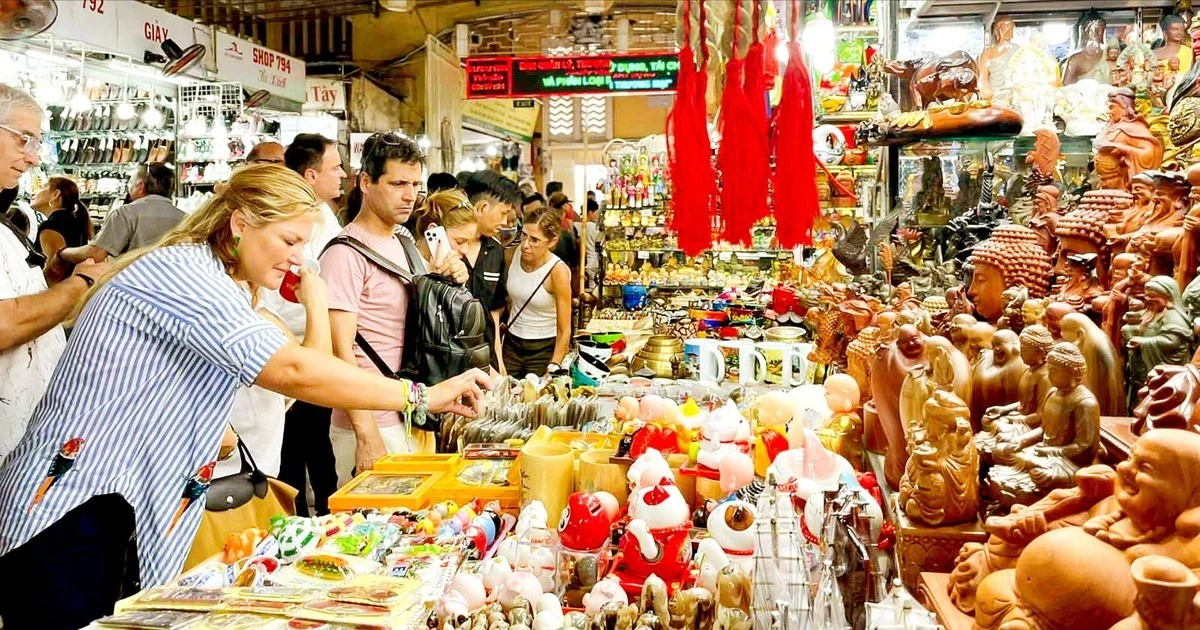
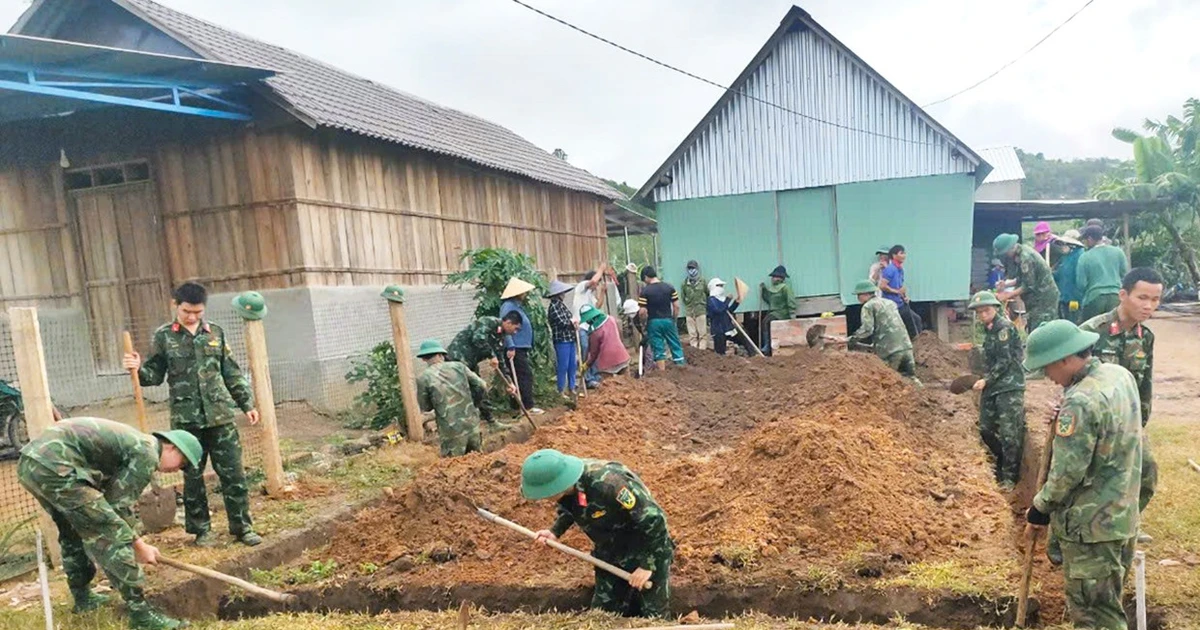
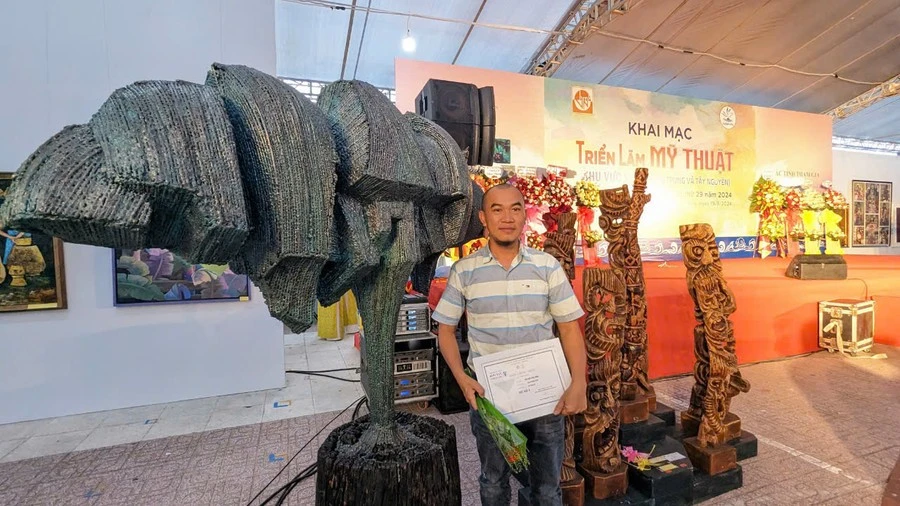































































Comment (0)